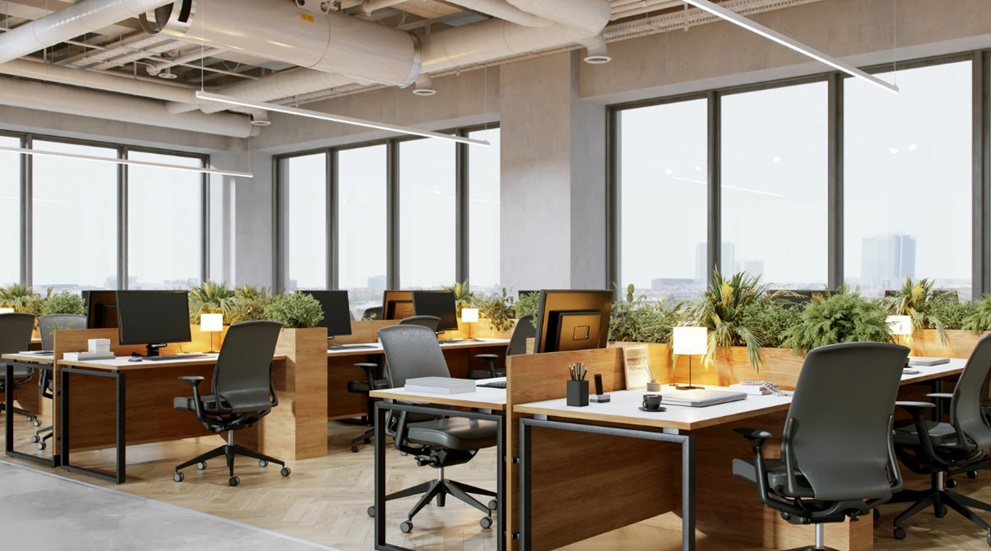Office renovations are vital for maintaining a productive and appealing work environment, but they can pose challenges when not carefully managed. From delays to productivity dips, disruptions can impact business operations significantly. However, with strategic planning and professional expertise, even a major commercial renovation in Cumming can be carried out with minimal disruption, allowing your business to continue running smoothly during the transition.
Evaluating Operational Requirements and Setting Clear Goals
Aligning renovation goals with business operations is the first step toward a disruption-free upgrade.
Start by identifying which parts of your workspace are underperforming—perhaps it’s the layout, lighting, or general wear and tear. Understanding these pain points helps create a focused renovation plan. Involving department leaders can provide valuable input, ensuring that improvements are aligned with workflow needs. Clearly defined objectives help prevent mid-project changes, reducing delays and cost overruns.
Phased Planning and Scheduling Flexibility
Staggered renovations and flexible timelines minimize interference with daily tasks.
Rather than tackling the entire workspace at once, consider a phased renovation approach. This allows specific areas to be renovated one at a time, ensuring other departments remain functional. Work can also be scheduled during non-business hours or slower operational periods to reduce workplace interference. Professional contractors can help design a renovation schedule that works around your business hours, maintaining momentum without halting productivity.
Leveraging Professional Expertise
Experienced contractors are essential for managing workflow alongside construction.
Choosing a commercial contractor with a background in active office environments makes all the difference. These professionals understand how to create temporary work zones, manage noise, and implement dust-control strategies without interfering with your team. Moreover, it helps to differentiate your needs early on—whether you’re updating aesthetics or making structural changes. Knowing the difference between renovation and remodeling can guide your planning and budget decisions more accurately.
Transparent Communication With Employees
Effective communication keeps everyone on the same page throughout the project.
Employees should be made aware of renovation goals, project phases, and any expected interruptions. Offering regular updates and a visual project timeline can help reduce confusion and improve morale. Encourage feedback and designate a point person to handle concerns. Creating transparency helps ensure smoother transitions as departments adjust to the evolving space.
Thoughtful Design and Functional Upgrades
Design choices should enhance productivity and reflect long-term goals.
Renovations aren’t just about aesthetics—they’re about creating a better, more functional environment. Prioritize improvements that support employee well-being and efficiency. For example, thoughtful layout changes and ergonomic considerations can boost morale. Lighting, in particular, plays a critical role in how people perform and feel at work. Incorporating the role of lighting in commercial renovation design supports energy efficiency and elevates workspace ambiance, contributing to overall productivity.
Conclusion
A well-planned office renovation can refresh your workspace without derailing operations. By setting clear goals, phasing the project, hiring skilled professionals, and maintaining open communication, businesses can successfully modernize their environments while maintaining productivity. With the right approach, your renovation becomes more than a construction project—it becomes a strategic investment in your company’s future.

